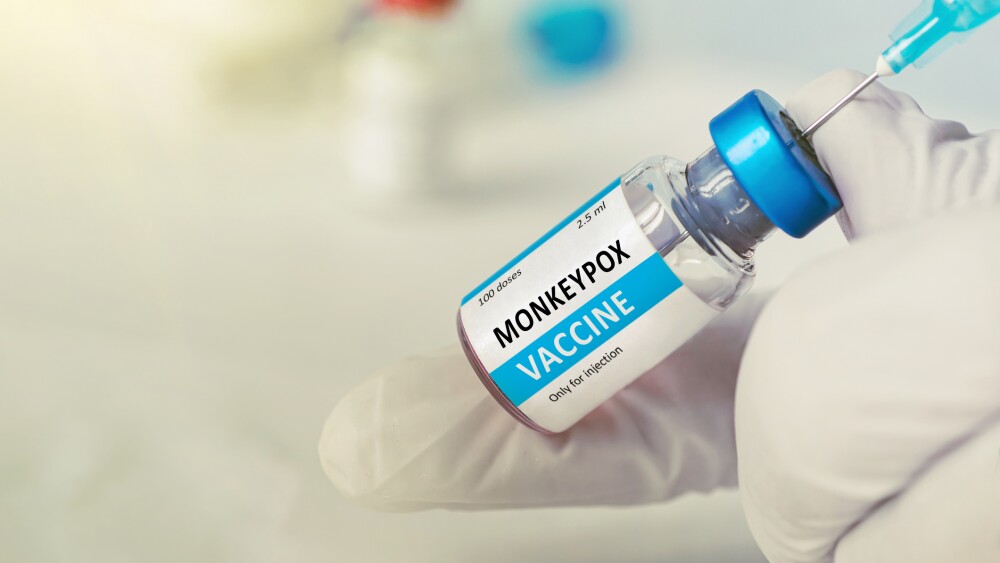CAPETOWN, South Africa and ALBUQUERQUE, N.M., Dec. 7 /PRNewswire/ -- A newly developed non-invasive, diabetes screening device was shown to outperform conventional blood tests, and may be ideally suited to detecting the more than 70 million individuals worldwide who have undiagnosed type 2 diabetes, according to research findings presented in Capetown today at the 19th World Diabetes Congress of the International Diabetes Federation.
(Photo: http://www.newscom.com/cgi-bin/prnh/20061207/SFTH020 )
Scientists summarized findings showing the novel device, developed by VeraLight, Inc., of Albuquerque, New Mexico (U.S.A.), was able to identify nearly 30% more patients than the fasting plasma glucose (FPG) test and 17% more patients than the A1C test by measuring so-called AGE skin biomarkers known to be associated with diabetes. FPG and A1C are conventional blood tests used to screen and evaluate patients at risk for the disease.
The World Health Organization estimates there will be 221 million cases of diabetes worldwide by 2010. Due to their inaccuracy and inconvenience, current screening methods for diabetes are grossly inadequate. As a result, 50 percent of people with diabetes are not identified until they present 5-to-9 years into the disease with one or more often-irreversible complications. The researchers said bloodless screening of diabetes-linked skin biomarkers could be a major tool to manage the global epidemic and its complications, especially in high-risk individuals.
"Diabetes is a rapidly growing problem in the developing world, and yet the diagnostic techniques necessary to identify it remain invasive, requiring certified laboratories and patient preparation," said Robert E. Ratner, M.D., who presented the research study of the diabetes-screening device called Scout(TM). The study was a head-to-head evaluation of a Scout prototype against the FPG and A1C tests in 351 subjects at risk for diabetes or pre- diabetes.
"Non-invasive skin detection of AGE biomarkers is well-suited for rapid and efficient screening of the millions of individuals with diabetes who don't have access to organized healthcare, or who would have a high probability of being missed by conventional blood tests," added Dr. Ratner. "Omitting the need for an overnight fasting blood draw, overall convenience, point-of- service results and superior accuracy may make this the technology of choice for diabetes and pre-diabetes screening." Dr. Ratner serves as an advisor to VeraLight and is vice president of scientific affairs at MedStar Research Institute, the research center of MedStar Health, one of the largest healthcare delivery systems in the state of Maryland (U.S.A.).
Skin Biomarkers Predict Diabetes and Its Complications
According to medical experts, non-invasive skin detection of "advanced glycation endproducts," or AGE, could replace the FPG test as the medical workhorse for screening people suspected of having diabetes or pre-diabetes. Previous studies have shown AGE are biological markers that correlate well with diabetes and are a predictor of the disease's serious complications. Analogous to a "diabetes odometer," AGE are a sensitive metric for the cumulative damage the body has endured due to the effects of abnormally high blood sugar and oxidative stress. They affect the proteins that make up blood vessels, connective tissue and skin, and are thought to be major factors in aging and age-related chronic diseases.
Scout Diabetes Screening System
The product of VeraLight's proprietary SAGE(TM) (Spectroscopic Advanced Glycation Endproducts) detection technology, Scout is a portable, desktop system weighing about 10 pounds. After the subject places the palm side of their forearm onto the system, the device shines various wavelengths of light onto the skin that causes the AGE to emit a fluorescent light signature that indicates diabetes risk. The instrument optically calibrates for skin pigmentation so that performance is not diminished by skin coloration. A specially designed fiber-optic probe couples the excitation light to the subject and relays resulting skin fluorescence to a detection module. The system's software utilizes multivariate statistical techniques that are applied to the emitted light spectra to obtain a diabetes risk score. Total measurement time is about a minute.
Slated for market introduction in mid-2008, initially in the United States and later in Europe and other countries, the device is able to detect abnormal concentrations of the AGE biomarkers in less than one minute using fluorescent light from an individual's forearm -- regardless of skin color. Unlike the FPG test, the device does not require a blood draw or an overnight fast prior to testing. Although the A1C test does not require the patient to fast, a blood sample is needed to perform it.
About VeraLight
VeraLight, based in Albuquerque, New Mexico, is a privately held medical instrumentation company applying its proprietary SAGE technology to develop the first non-invasive diabetes screening system that provides healthcare professionals with a more accurate and convenient method for detecting type 2 diabetes and pre-diabetes based on the presence of biomarkers found in skin. For more information see http://www.veralight.com .
Photo: NewsCom: http://www.newscom.com/cgi-bin/prnh/20061207/SFTH020AP Archive: http://photoarchive.ap.orgPRN Photo Desk, photodesk@prnewswire.comVeraLight, Inc.CONTACT: David Van Avermaete, CEO of VeraLight, Inc., +1-925-895-5308, ordavid.vanavermaete@veralight.com; or Charles Versaggi, Ph.D. of VersaggiBiocommunications(R), +1-415-806-6039, or cv@versaggibio.com, for VeraLight
Web site: http://www.veralight.com/




